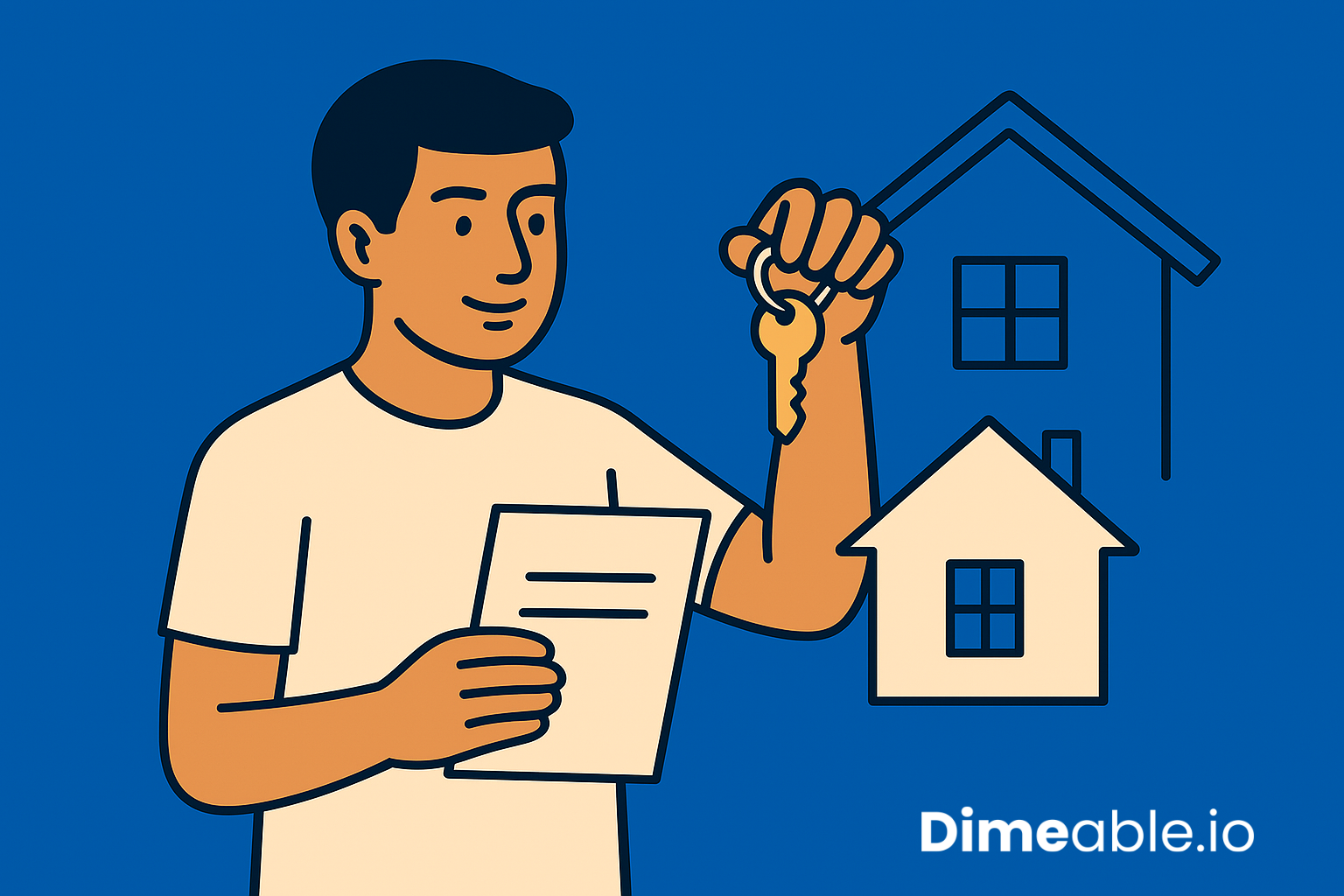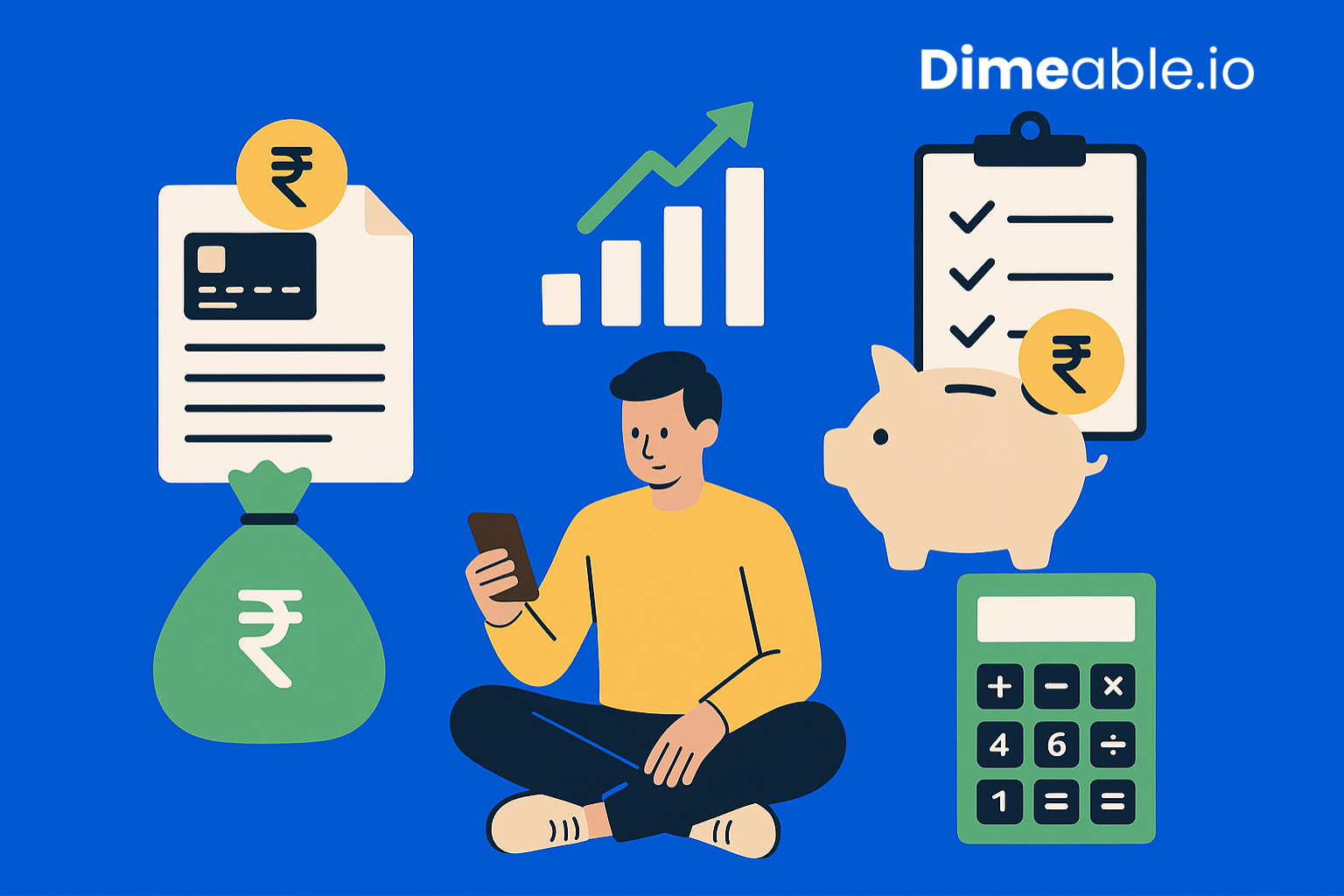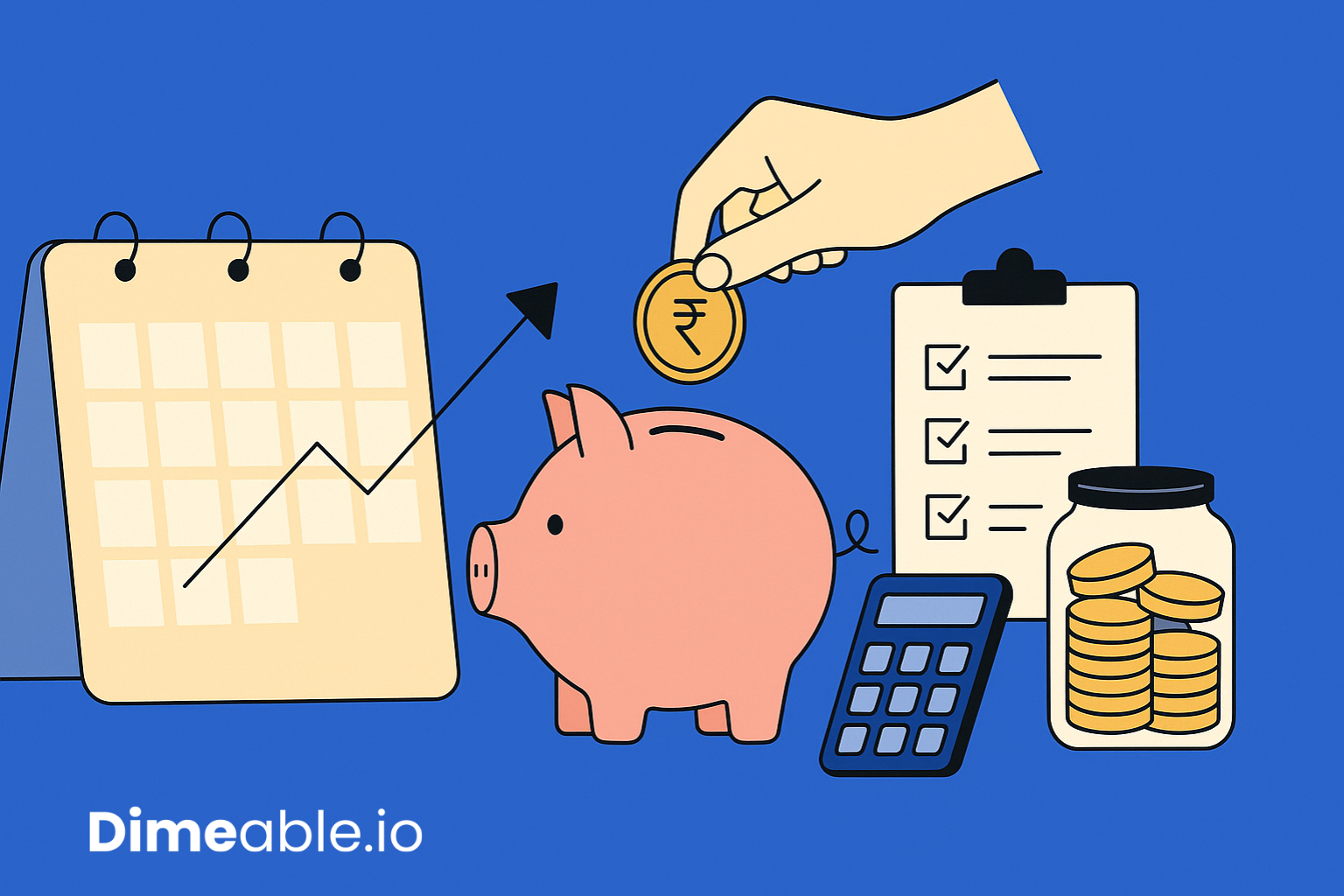Buying your first home is one of the most significant milestones in life. It’s not just a financial decision but also an emotional one. For many Indians, owning a home is a lifelong dream and a symbol of stability and success. However, the process of buying a home can feel overwhelming, especially if you’re a first-time buyer.
This guide will walk you through the 9 basic steps to finding and purchasing your first home in India, ensuring you make an informed and confident decision. Whether you’re in Mumbai, Delhi, Bangalore, or any other city, these steps will help you navigate the homebuying process with ease.
Key Takeaways
- Assess your financial readiness, including savings, credit score, and debt-to-income ratio.
- Research home loan options and get pre-approved to understand your budget.
- Work with a trusted real estate agent to find the right property.
- Conduct a thorough home inspection to avoid future surprises.
- Be patient during the legal and documentation process to ensure a smooth purchase.
Step 1: Determine Whether You Are Ready to Buy a Home
Before diving into the homebuying process, ask yourself: Are you financially and emotionally ready to buy a home?
Homeownership comes with additional responsibilities and costs, such as maintenance, property taxes, and utility bills. Unlike renting, you’ll need to manage these expenses independently.
Tips to Assess Your Readiness:
- Evaluate Your Savings: Do you have enough savings for a down payment (typically 10-20% of the property value) and emergency funds?
- Check Your Credit Score: A good credit score (750 or above) is crucial for securing a home loan at favorable interest rates.
- Calculate Your Debt-to-Income Ratio: Lenders prefer a ratio below 50%, meaning your monthly debt payments should not exceed 50% of your income.
If you’re not ready yet, consider waiting and building your savings or improving your credit score.
Step 2: Research the Real Estate Market
India’s real estate market is diverse, with prices and trends varying by city and locality. Spend time researching:
- Location: Choose a neighborhood that suits your lifestyle, commute, and future plans.
- Property Types: Decide between apartments, villas, or independent houses based on your needs and budget.
- Market Trends: Look for areas with good appreciation potential and infrastructure development.
Use online platforms like Magicbricks, 99acres, and Housing.com to compare properties and prices.
Step 3: Get Pre-Approved for a Home Loan
Most Indians rely on home loans to finance their property purchase. Getting pre-approved for a loan gives you a clear idea of your budget and strengthens your position as a serious buyer.
Steps to Get a Home Loan:
- Compare Lenders: Check interest rates and terms from banks, NBFCs, and housing finance companies like HDFC, SBI, and LIC Housing Finance.
- Submit Documents: Provide proof of income, identity, address, and property details.
- Choose the Right Loan Type: Opt for fixed or floating interest rates based on your risk appetite.
Pro Tip: Use a home loan EMI calculator to estimate your monthly payments and choose a tenure that fits your budget.
Step 4: Set a Realistic Budget
While it’s tempting to buy a dream home, it’s essential to stay within your budget. A common rule of thumb is that your home loan EMI should not exceed 40% of your monthly income.
Additional Costs to Consider:
- Registration and Stamp Duty: Typically 5-7% of the property value.
- GST: Applicable for under-construction properties.
- Maintenance Charges: For apartments and gated communities.
- Interior Decoration and Furnishing: Often overlooked but significant.
Step 5: Find a Trusted Real Estate Agent
A good real estate agent can simplify your homebuying journey by:
- Helping you find properties within your budget.
- Negotiating the best deal on your behalf.
- Guiding you through legal and documentation processes.
Look for agents with local expertise and positive reviews from previous clients.
Step 6: Visit Properties and Shortlist Your Options
Once you’ve identified potential properties, schedule site visits to assess:
- Construction Quality: Check for cracks, water leakage, and finishing.
- Amenities: Look for parking, security, and recreational facilities.
- Neighborhood: Visit at different times to gauge noise levels and traffic.
Shortlist 2-3 properties that meet your criteria and compare them based on price, location, and amenities.
Step 7: Conduct a Thorough Home Inspection
Before finalizing the deal, hire a professional home inspector to check for:
- Structural issues like cracks or weak foundations.
- Plumbing and electrical systems.
- Pest infestations or water damage.
A home inspection can save you from costly repairs in the future.
Step 8: Complete Legal and Documentation Checks
Ensure the property has clear titles and all necessary approvals from local authorities. Key documents to verify include:
- Sale Deed: Proof of ownership.
- Encumbrance Certificate: Confirms the property is free from legal disputes.
- Approval Plans: Ensure the building complies with local regulations.
Hire a legal expert or property lawyer to review the documents and guide you through the process.
Step 9: Close the Deal and Move In
Once all checks are complete, it’s time to finalize the purchase:
- Pay the Down Payment: Transfer the agreed amount to the seller.
- Sign the Sale Agreement: This legally binds both parties to the transaction.
- Register the Property: Pay stamp duty and registration charges to transfer ownership.
After closing, celebrate your achievement and start planning your move!
Frequently Asked Questions (FAQs)
1. What is the ideal down payment for a home in India?
Most lenders require a down payment of 10-20% of the property value. However, paying a higher down payment can reduce your loan amount and EMI burden.
2. Are there any government schemes for first-time homebuyers?
Yes, the Indian government offers schemes like Pradhan Mantri Awas Yojana (PMAY) and tax benefits on home loan interest under Section 24 and Section 80C.
3. How long does it take to buy a home in India?
The process typically takes 2-3 months, depending on property verification, loan approval, and documentation.
4. Should I buy a ready-to-move-in or under-construction property?
Ready-to-move-in properties are safer as they eliminate construction delays, while under-construction properties may offer lower prices.
Final Thoughts
Buying your first home is a rewarding experience, but it requires careful planning and research. By following these 9 steps, you can navigate the process with confidence and make a decision that aligns with your financial goals and lifestyle.
Remember, your home is not just an investment; it’s a place where memories are made. Take your time, ask questions, and seek professional advice when needed. Happy house hunting!
Disclaimer: This article is for informational purposes only. Please consult a financial advisor or real estate expert before making any decisions.



